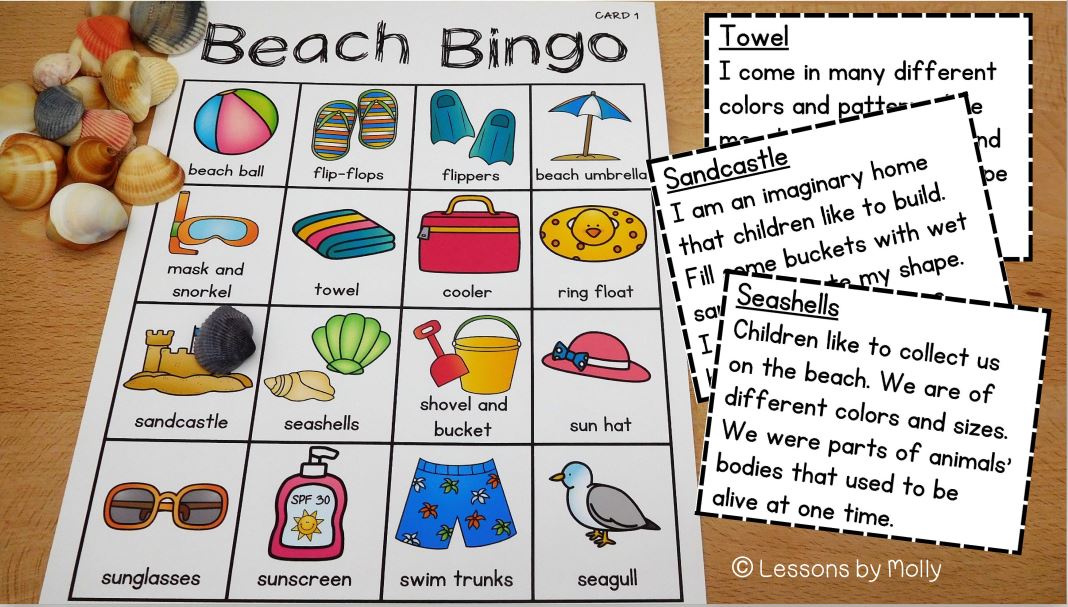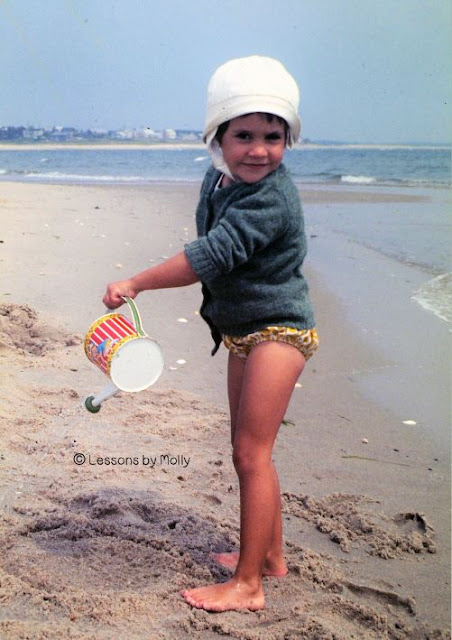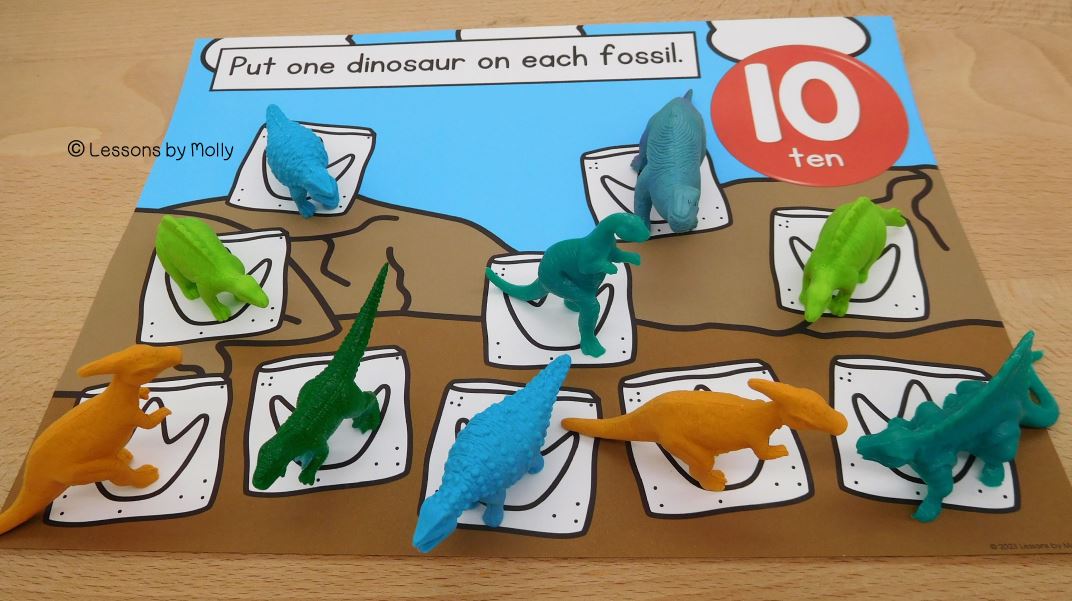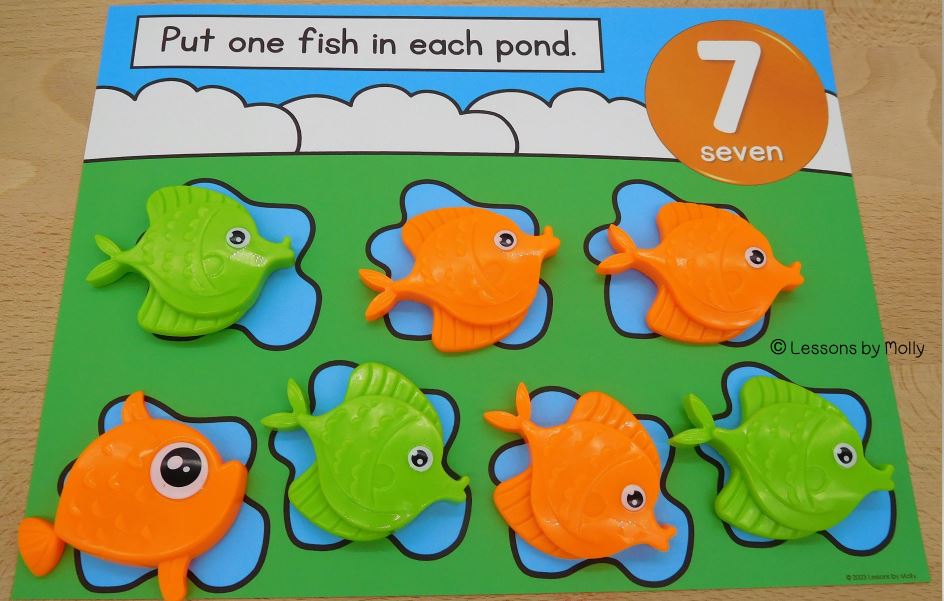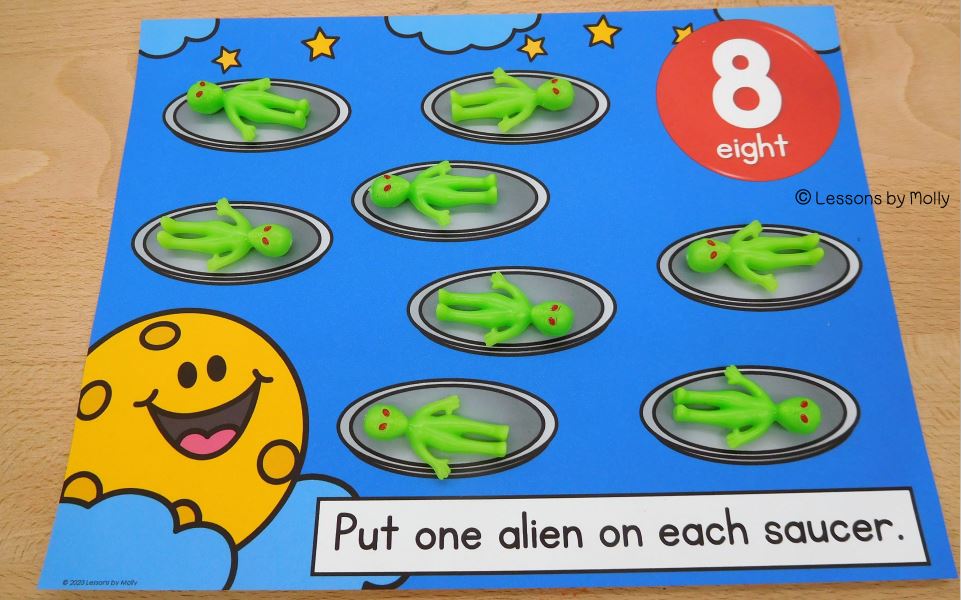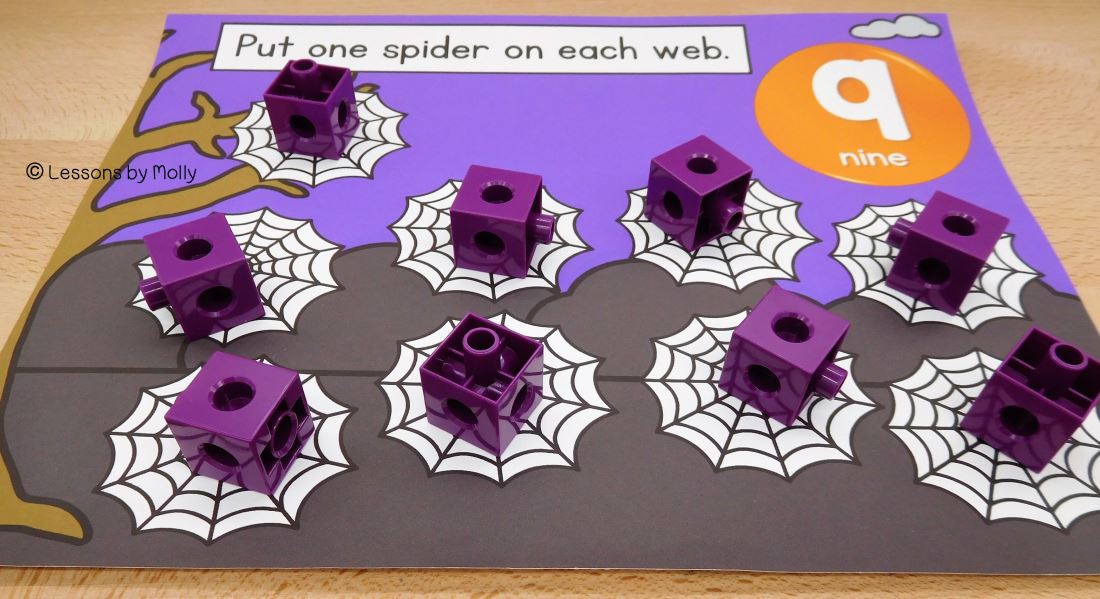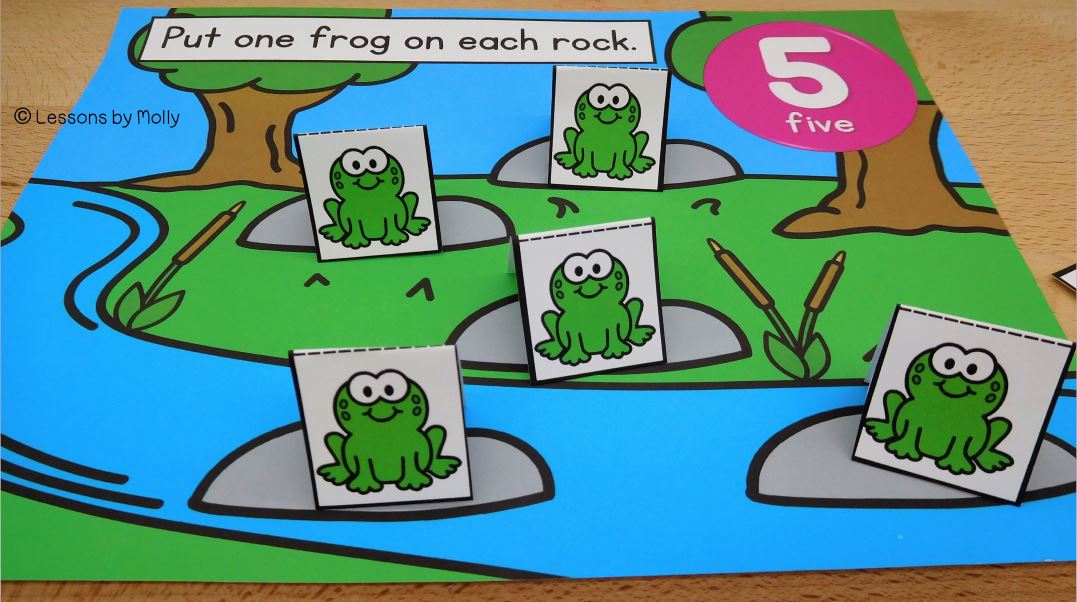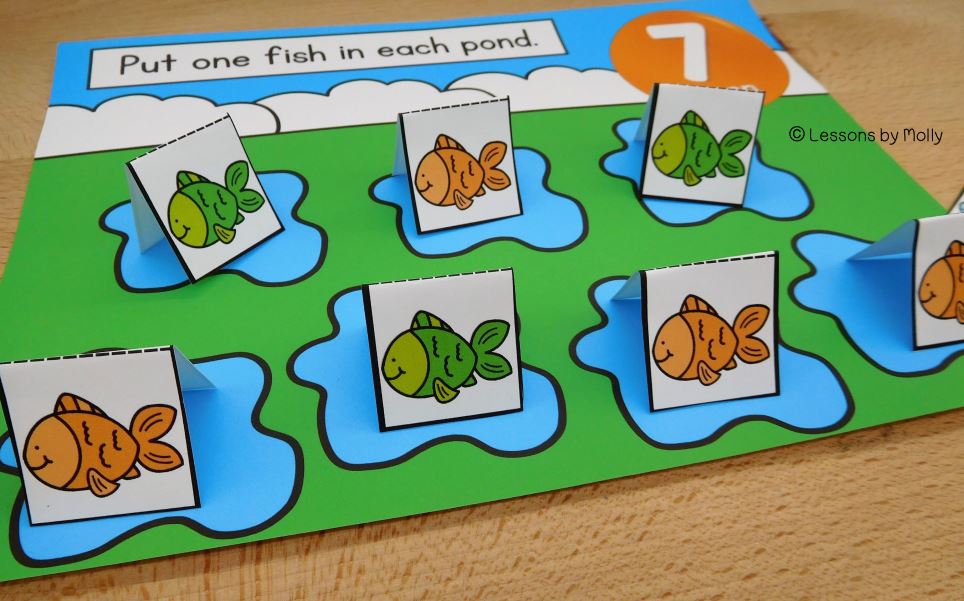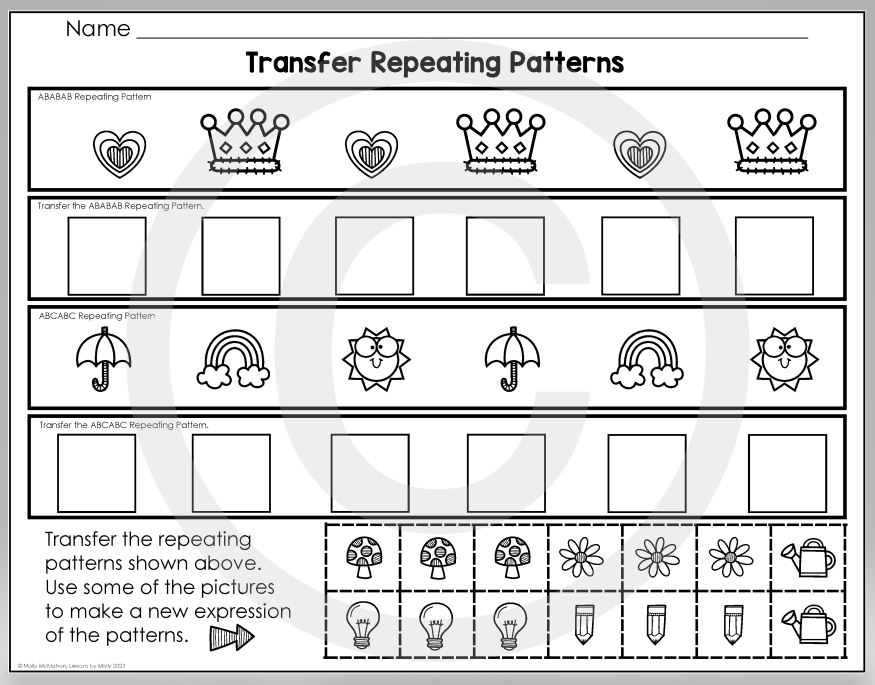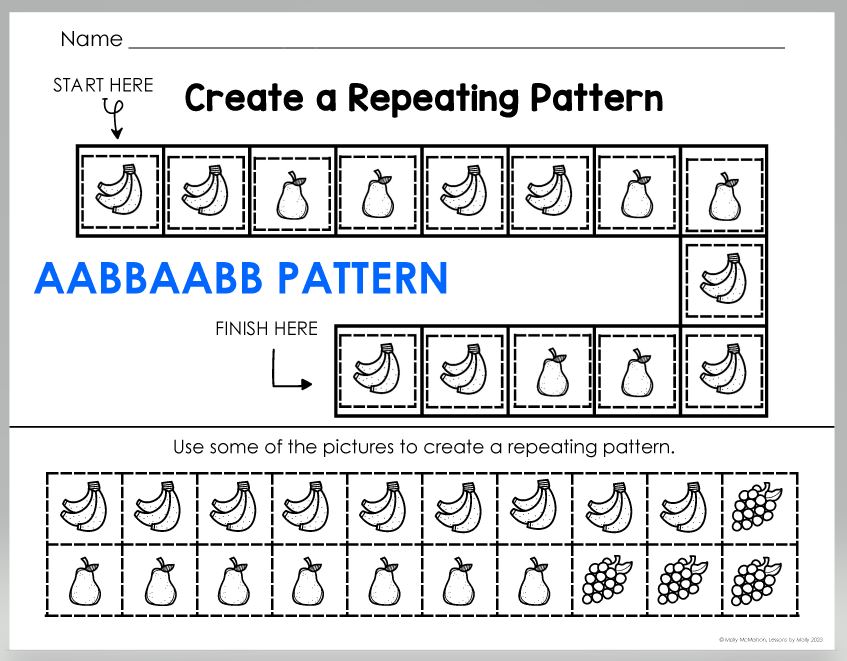Introduction
In my last blog post, I introduced the thrilling "Beach Bingo" game, ideal for children who've experienced the joy of the beach firsthand. I'm excited to bring you another game that will undoubtedly become a class hit - say hello to "School Supplies Bingo"! This game is designed with kindergarteners and first-graders in mind and is bound to be a favorite among young learners!
A Game for All: Welcoming Children of Every Background
Unlike the beach-themed game, "School Supplies Bingo" is not limited to children with specific experiences. Every child has encountered and used school supplies in their academic journey. These essential tools are familiar to all youngsters, from pencils and crayons to scissors and erasers.
Elevating Fun to Learning: The Power of Vocabulary Cards
One unique aspect that sets "School Supplies Bingo" apart from other similar games is incorporating vocabulary cards. Like the beach bingo game, these cards offer intriguing clues about each school tool. As the caller reads the descriptions, the children will be eager to identify the items on their bingo boards, adding an educational element to the game.
This bingo game goes beyond just being an enjoyable game; it also serves as a teaching tool. Including vocabulary cards ensures children have fun, learn about each school supply, and prepare to use these tools. We use vocabulary cards to elevate the game experience from a mere matching exercise to an exciting learning opportunity.
The photo above shows nine of the sixteen vocabulary cards that are included. As children listen to the clues and correctly identify the school supplies on their boards, they enhance their vocabulary and observational skills. The clues in the first-person perspective make "School Supplies Bingo" a fantastic way to engage young learners and foster their understanding of the tools they'll use throughout the school year.
Picture Word Cards: Enabling Accessibility
To ensure an inclusive and adaptable experience, "School Supplies Bingo" has an additional feature - picture word cards. These cards are visual prompts for children who find it easier to identify the school supplies with images rather than written clues read out loud. Whether a child benefits from vocabulary cards or picture word cards, the game remains accessible and enjoyable for all.
Return to School: Kickstart the Year with School Supplies Bingo
As we approach the back-to-school season, there couldn't be a more fitting time to introduce "School Supplies Bingo" to students. With children gearing up to start a new academic year and getting their school supplies ready, this game will make learning more enjoyable and exciting. Whether your students are already familiar with school routines or are just starting their educational journey, "School Supplies Bingo" is an fun-filled activity. Let the thrill of the game combine as young minds learn about their school supplies!
The Word List
The sixteen words cover both items brought in by the students themselves and a few essential components of the classroom environment. Let's take a look at the school supply word list included in the game: ruler, paper, folder, sharpener, computer, pencil pouch, glue stick, glue, markers, scissors, crayons, globe, erasers, backpack, books, and pencil.
Product Contents
18 unique color bingo cards with 16 images and words
18 black and white bingo cards with 16 images and words (identical to the color version)
16 vocabulary cards written in the first-person perspective
16 calling word cards
1 single-sheet calling card
Important Printing Tips
Use the "fit" setting on your printer. Do not use the "actual size" setting. The print results in the photo shown below are visually pleasing. The frames fit nicely around the blue and yellow cardstock paper. If you don't use the proper print setting, you may cut off the edges of the frames, which won't be visually pleasing! Always try a test print with one of the black and white cards on plain paper.
Click the image below to view the product at my shop.
View my previous blog post here: BEACH BINGO.
© 2023 Molly McMahon, Lessons by Molly





